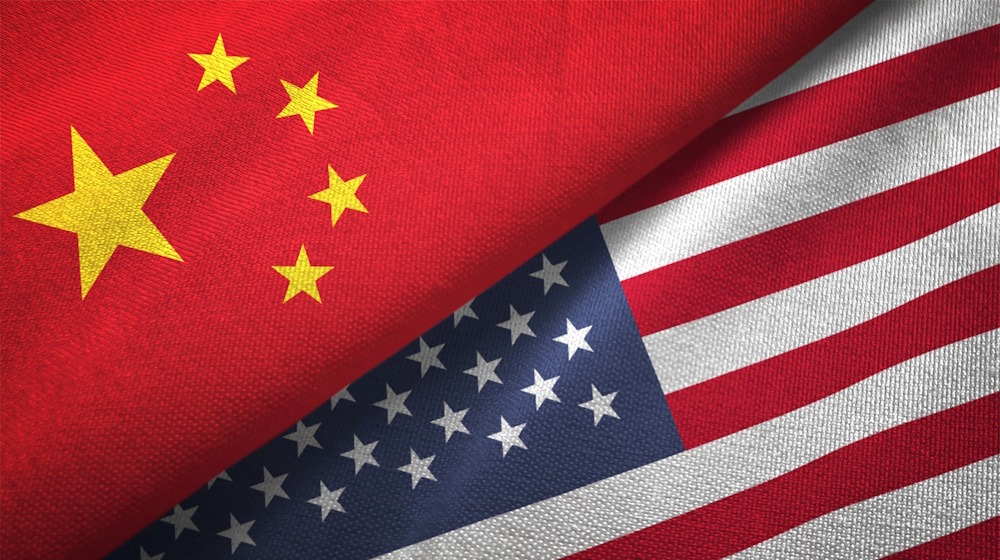
U.S. President Donald Trump reignited the trade conflict with Beijing on Friday, concluding a fragile ceasefire between the two largest economies by pledging to significantly increase tariffs in response to China’s restrictions on its essential mineral exports. The president announced supplementary tariffs of 100% on exports from China destined for the U.S., in conjunction with new restrictions on “any and all critical software,” effective by November 1, just nine days prior to the expiration of current tariff relief measures. Trump raised doubts about the likelihood of a scheduled meeting in three weeks with Chinese President Xi Jinping in South Korea, stating that “now there seems to be no reason to do so. I have not canceled,” Trump later informed reporters at the White House. “It is reasonable to assume that we may possess it.” Beijing has not provided confirmation regarding the meeting.
The recent trade measures represent Trump’s response to China’s significant escalation of its export controls on rare earth elements. China holds a commanding position in the market for these elements, which are crucial for technology manufacturing. “It was shocking,” Trump remarked regarding China’s actions, which were not aimed specifically at Washington. “I considered it to be exceedingly unfavorable.” The actions indicated the most significant break in relations in six months between Beijing and Washington—the largest manufacturing hub and its foremost consumer. Many have raised concerns regarding the sustainability of the uneasy economic detente established over the summer. Trump’s response was both rapid and striking, as he, a Republican, has utilized tariffs imposed on U.S. importers in dealings with both allies and adversaries. The situation has the potential to reignite a trade war that both Washington and Beijing had temporarily halted earlier this year following extensive diplomatic efforts.
Experts indicated that limitations on U.S. software exports to China may significantly impact the nation’s technology sector, encompassing cloud computing and artificial intelligence. Trump additionally indicated the possibility of implementing new export controls on aircraft and their components, with a source familiar with the situation suggesting that the administration was outlining additional potential targets. Beijing has consistently urged Washington to relinquish unilateral trade restrictions, asserting that such measures undermine global commerce. Trump’s trade threats, articulated through a sequence of social media posts and a public exchange with reporters, have caused a significant downturn in markets and strained relations between the world’s largest economies. China accounts for more than 90% of global production of processed rare earths and rare earth magnets. A significant number of these materials are essential components in a diverse array of products, including electric vehicles, aircraft engines, and military radar systems. Trump’s unexpected broadside rattled global financial markets, resulting in a decline of over 2% in the benchmark S&P 500 Index, marking its most significant one-day drop since April, when a continuous stream of tariff announcements by Trump heightened market volatility. Investors sought refuge in gold and U.S. Treasury securities, leading to a depreciation of the U.S. dollar relative to a range of foreign currencies.
Technology equities experienced significant declines in after-hours trading following Trump’s announcement of tariff and export control measures. “Trump’s post could signify the onset of the dissolution of the tariff truce,” remarked Craig Singleton. Singleton indicated that Washington perceives China’s export control measures as a form of betrayal. “Beijing seems to have overextended its position.” In his inaugural social media communication on Friday, Trump asserted that China has been dispatching letters to nations across the globe, indicating its intention to implement export controls on all components of production associated with rare earths. The mention of letters seemingly alludes to the policy documents from Beijing. Trump stated that he had been approached by unnamed nations outraged by Beijing’s actions and expressed surprise due to the “very good” recent relationship with China. Describing China’s actions as a “hostile order,” Trump stated that he had been compelled “to financially counter their move.” “For every element that they have been able to monopolize, we have two,” Trump stated. The White House and the Chinese embassy in Washington failed to provide a response to a request for comment. A representative for the U.S. Trade Representative refrained from commenting on the countermeasures under consideration by Trump, while a representative for the U.S. Treasury did not provide a response to a request for comment. The two offices have engaged in discussions with Beijing regarding trade matters.
Recent days have seen a notable increase in economic tensions. On Thursday, the Trump administration put forth a proposal to prohibit Chinese airlines from utilizing Russian airspace on their routes to and from the United States. On Friday, the U.S. Federal Communications Commission announced that major U.S. online retail websites have eliminated millions of listings for prohibited Chinese electronics. On Thursday, China expanded its export-restricting control list by incorporating five new elements along with numerous pieces of refining technology. It also mandated that foreign rare earth producers utilizing Chinese materials adhere to its regulations. Analysts indicated that the stakes have increased for a favorable result from a potential Trump-Xi summit, should it occur, during the Asia-Pacific Economic Cooperation forum commencing on October 31 in South Korea. “Things are going to get interesting,” remarked Scott Kennedy, a specialist in China business and economics at the Center for Strategic and International Studies in Washington. “Both parties are anticipating that increasing pressure will compel the other to offer concessions prior to APEC, or they are re-escalating their positions under the assumption that an agreement at APEC is unattainable, thereby positioning themselves to gain leverage for the subsequent phase of negotiations.”
